- Learning time
- 5 minutes
- First play time
- 30 minutes
Sea Salt & Paper
Designed by: Bruno Cathala,Théo Rivière
Sea Salt & Paper is a card collection game where the goal, ultimately, is to score 35points or more to win. Over several rounds players gather cards, and must choose when and how they think the round should end…
Set-up couldn’t be simpler: shuffle the cards and place them face-down, then turn two cards face-up, starting two separate discard piles. The starting player, and each player after them, has a choice: take either one of the top two cards on the discard stack, or the top two cards from the deck, adding one to their hand and discarding the other onto either discard stack. Mechanically, that’s the game.
But the cards themselves are of course the juice. They all score points, but in different ways. Some cards (fish, boats and crabs) score a point for a pair of them: you only need a matching symbol to make a pair, the colour doesn’t matter. Others (like the octopi and shells) score for having two or more in sets: the more you have, the more they score. Some are worth more than others (penguins and sailors) and have other cards that make them even more valuable (+2 points per penguin, for instance) and the Mermaids will score you points for cards in a matching colour, regardless of what symbols they have.
What saves Sea Salt & Paper from feeling like a total luckfest are two things: one is the ability to see what people are picking up from the discard piles, and tactically tailor your discarding accordingly. The other is the possibility to announce a pair: the ships boats and crabs mentioned above could all stay hidden in your hand, keeping the information on how close you are to announcing the end of the round (see below) a secret. But if you announce a pair, playing it to the table, you get to do an action associated with it: taking a card from the deck, any card from one discard pile, or stealing a card from another player. Using these can be critical!
As soon as anyone has at least seven points in their hand (including any pairs they’ve played to the table) they can optionally announce the end of the round. Saying ‘Stop’ means everyone scores their current totals. Saying ‘Last chance’ means everyone else gets one last turn to outscore you: if they can’t, your hand scores and all they get is a point for each card in their most frequently-occurring colour. If someone does outscore you, then everyone else scores their hand and you only score the cards in your most common colour instead.
The guru's verdict
-
Take That!
Take That!
Outside of the player before you taking a discard you wanted, the only Take That moments come from the Crab pairs that allow players to steal a (random) card from each other.
-
Fidget Factor!
Fidget Factor!
Low! Turns are fast.
-
Brain Burn!
Brain Burn!
Decisions are fast too. Do you want to go for the quick-reward pairs, or the longer-game strategy of collecting octopi, shells, penguins?
-
Again Again!
Again Again!
Sea Salt and Paper doesn't drown you in variety, but it rattles along at a good pace and trying to work out who's in a strong position always feels engaging

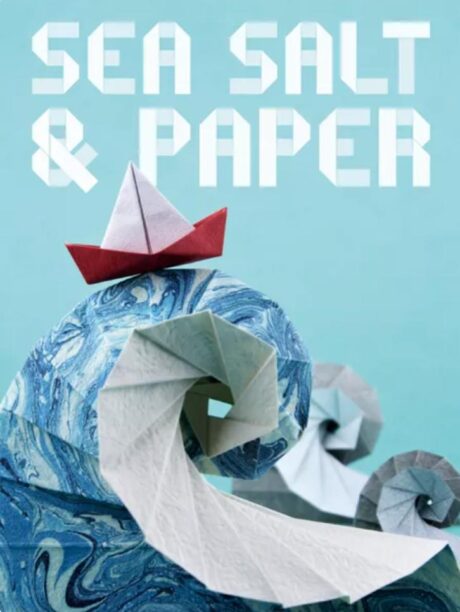


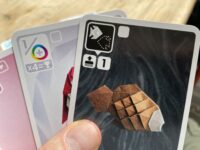
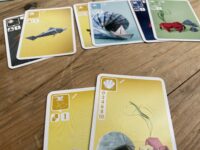
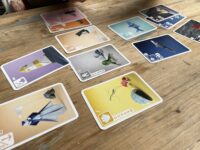
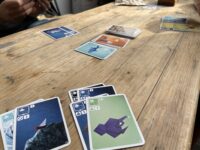




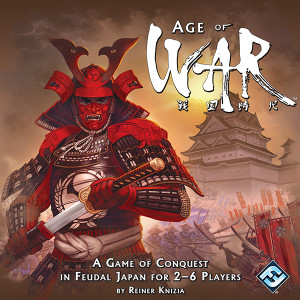


Sam says
I'm not a huge fan of card games where the rules constantly change depending on which cards are in play and arbitrary take-that moments are the only avenue to fun. But on the other hand a card game of collecting sets can feel kind of vanilla. Sea Salt and Paper is closer to the latter, but contains just enough spice to make it interesting. True, there's a hefty helping of luck in each round, and as a result the agency you have can sometimes feel fleeting. But it has a lot going for it: the numerous ways the cards work aligned with the option to keep them secret or play your mini-sets, along with the hidden current score, make this a rather fun 20 minutes of your time. Looks great, too.